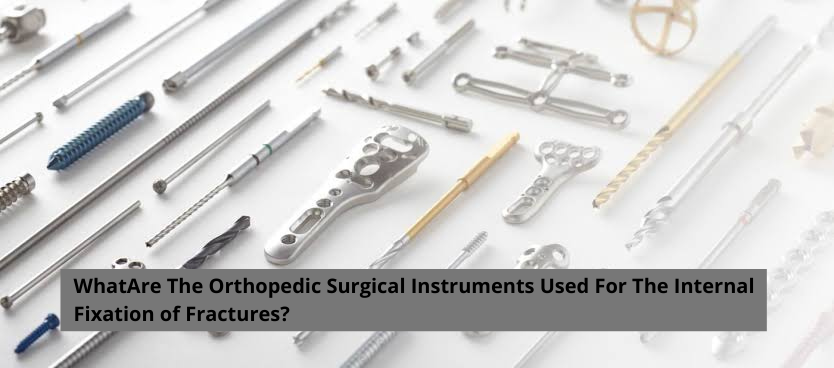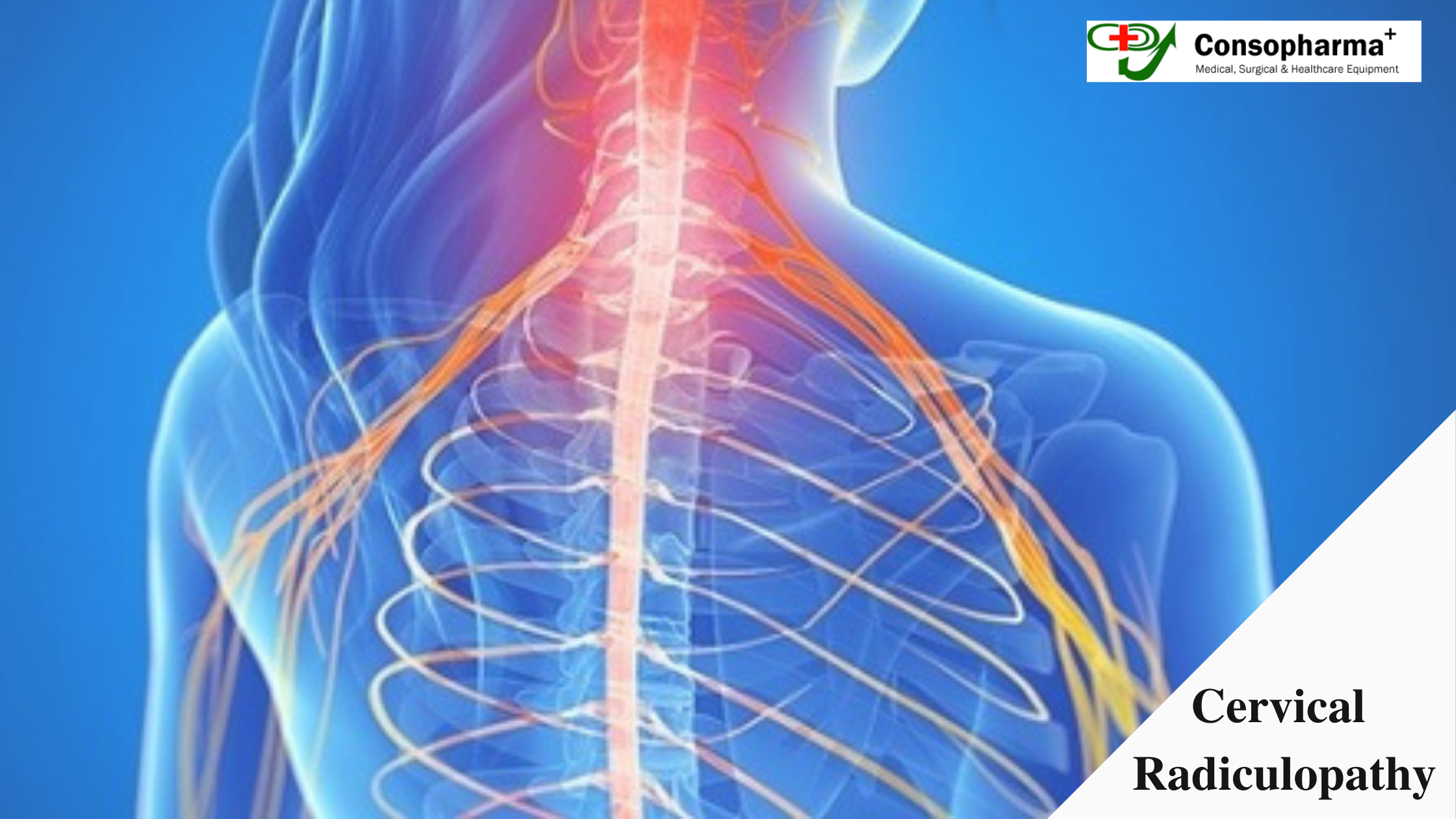What are the orthopedic surgical instruments used for the internal fixation of fractures?

If you’ve ever had a fracture, you’d know how much suffering it causes. Bone fracture is something that cannot be left untreated. Also, it is essential to take proper treatment when you fracture any of your bones. Until recently, surgeons relied on casts to support and stabilize the fractured bones from outside the body. But this procedure had its limitations. Now surgeons have found an alternate way to stabilize broken bones from inside the human body. This is done through the use of surgical procedures.
Surgical procedures have several benefits over the traditional methods that use casts.
During surgical procedures, broken bone fragments are held together and brought in an alignment. They are then joined together using implants, nails, orthopedic bone screws, etc. Therefore suppliers of external fixators have moved towards selling internal implants. When you choose internal fixation, your stay period in the hospital reduces to a great extent, and there are fewer chances of malunion or non-union of fractured bones.
The materials that are generally used for implants are made of stainless steel or titanium. This is because of the strength and durability of these materials. Another benefit of using these implants is that they are compatible with the human body and rarely cause any allergic reactions.
Here’s a list of few surgical instruments that are used for the internal fixation of fractures.
- Orthopedic locking plate – Plates are just another version of splints. They work by holding the broken bones together. They are attached to the fractured bone with the help of screws. An orthopedic locking plate can be left in place even after healing has taken place, or it can also be removed in some cases.
- Orthopedic bone screws – Screws are the most commonly used surgical instruments in treating a fracture. Though simple in function, orthopedic bone screws are available in a wide variety of designs. Screws can be used alone to hold broken bones in place, or they can be used to support plates and rods.
- Nails or rods – Some fractures are of the kind where it is not possible to use screws or plates. They require rods or pins to be inserted inside to hold the broken bones in place. This method is generally used to treat fractures of long bones like the femur.
- Wires and pins – When bones are tiny, they cannot be fixed using screws. Surgeons use wires to hold tiny bones in place. Wires are often used along with other implants, but they can also be used standalone. Usually, wires are removed from the bones after a certain period, but they can be left inside also.
While internal fixation has several benefits, there are some drawbacks too. Some of these include infections, damage to muscles and nerves, or bacterial colonization of the bone.
Suppliers of external fixators will always be present in the market, and external fixation is still there to stay.




